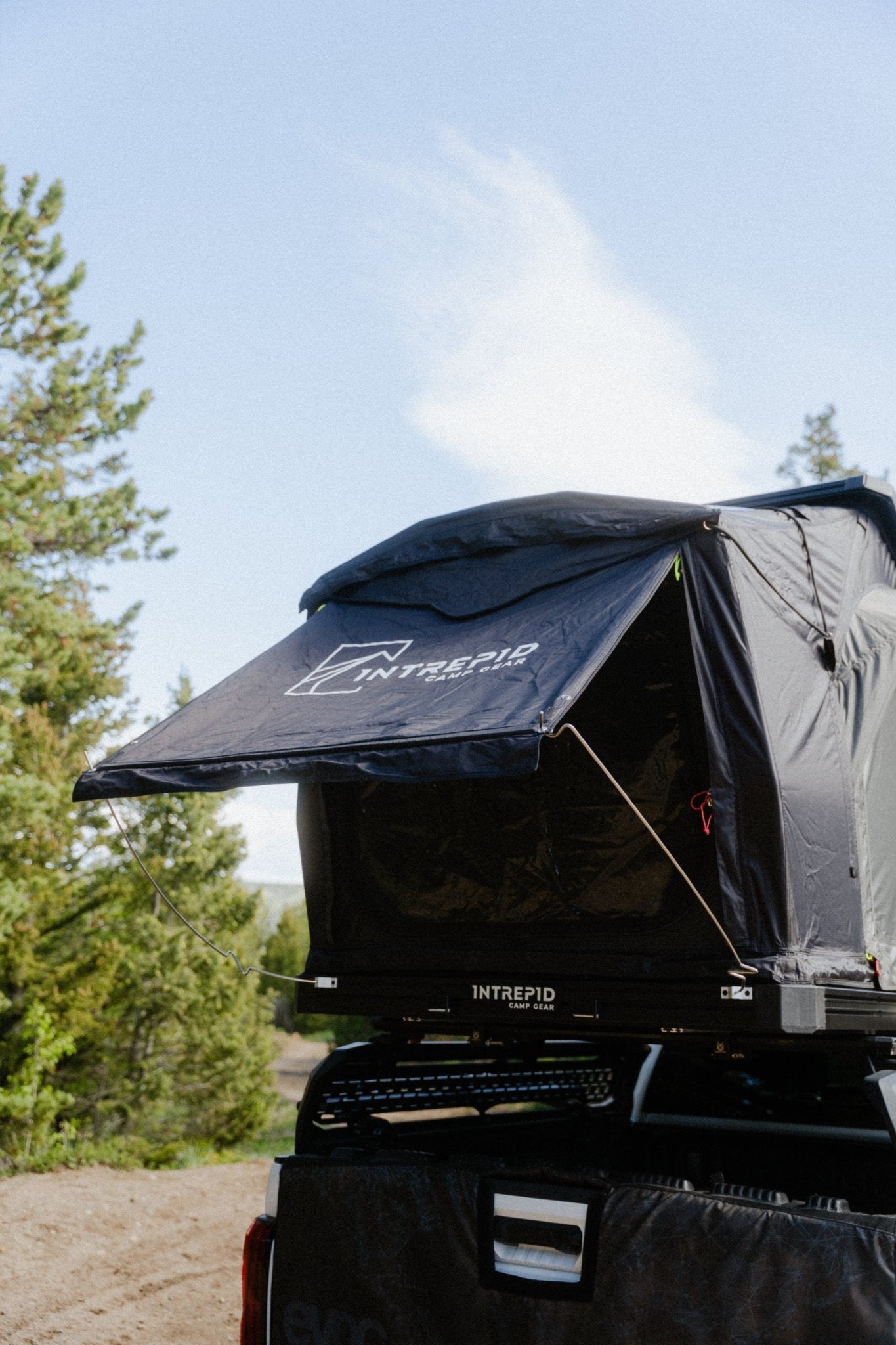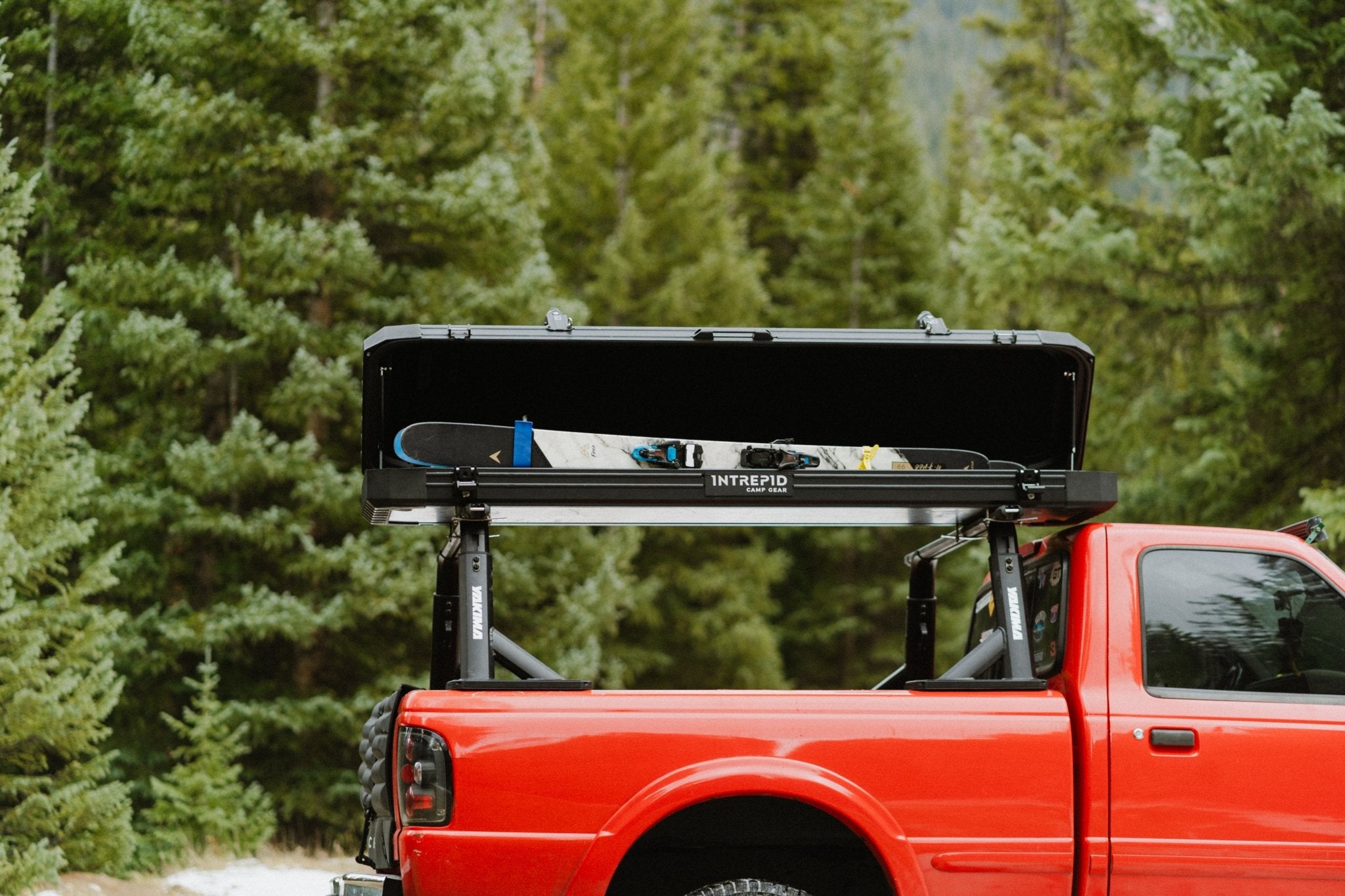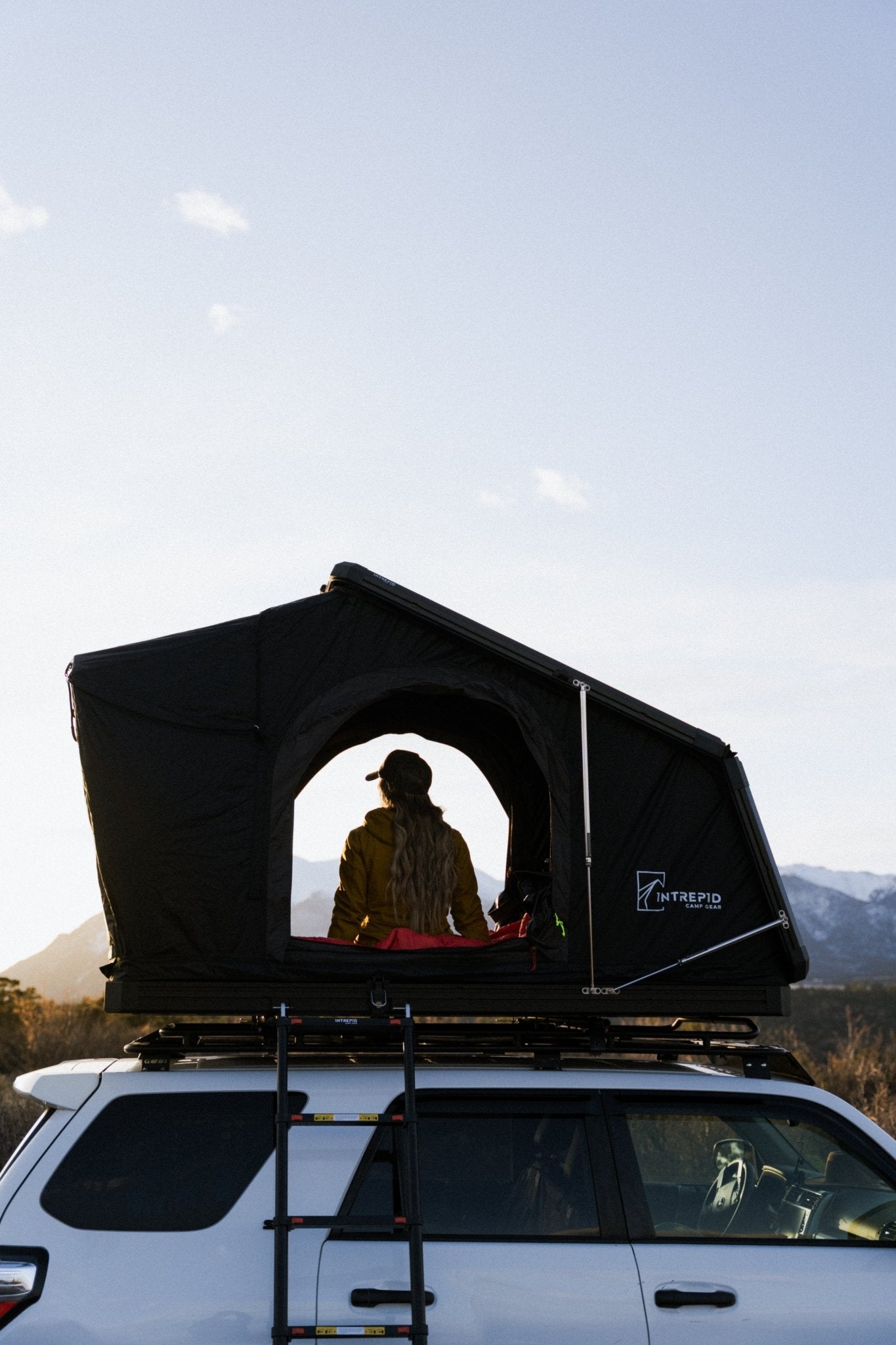How To Air Out Your Rooftop Tent After Camping.
You crushed that weekend in the mountains—but if you packed up your rooftop tent in a hurry, chances are it’s holding onto more than memories. Damp gear, trapped odors, and lingering moisture can quickly turn your trusty tent into a musty mess. Whether it rained, snowed, or you just had a lot of early morning dew, rooftop tents are prone to moisture buildup—an open invite for mold and mildew if you’re not careful.
That’s why airing out your rooftop tent after each trip is essential. It’s a simple habit that can seriously extend your tent’s lifespan, keep it smelling fresh, and ensure it’s ready to go for your next adventure.
In this blog, we’ll walk through the best practices for airing out your tent—from when and where to open it up, to tips for drying it fast and preventing future funk.
Why does Airing Out Your Rooftop Tent Matter?
Your rooftop tent might look dry when you pack it up—but even a little leftover moisture from morning dew, rain, or condensation can cause problems fast.
Beyond the obvious health and smell issues, stale air and trapped moisture can also lead to stubborn odors, fabric degradation, and stuck zippers. Over time, that funky tent smell becomes harder to shake, and the constant exposure to moisture can shorten the life of your tent’s materials, seams, and hardware.
Regularly airing out your RTT is a quick and simple habit that pays off big—keeping your tent fresh, functional, and adventure-ready every time you hit the road.
When to Air Out Your Rooftop Tent
- Immediately after a wet trip: This is the most important time to air out your tent, just like you would hang your wet clothes to dry, air out your tent after a wet trip/
-
Long term storage: When packing up the tent for the winter or longer periods of time, taking the extra step to air out your tent and make sure everything is stored and locked up properly will help the tents longevity go the extra mile.
Step-by-Step Guide to Airing Out Your Rooftop Tent
1. Open It Up ASAP
- Do this the same day you get home, if possible.
- Park in a sunny, dry area and fully open the tents doors and vents
2. Remove Bedding and accessories
- Take out sleeping bags, pillows—these hold moisture.
- Remove any extra accessories that may be in the tent to reduce risk of additional moisture
3. Wipe Down Any Wet Spots
- Use a clean microfiber towel to soak up moisture around the doors, skylight, U-bar etc.
- Avoid harsh cleaners—just water and mild soap if needed.
- Remove mattress cover if necessary from stains or spills. This can be wiped down.
4. Let It Sit in the Sun
- Aim for 2–4 hours of sunlight and ventilation.
- If outdoors isn’t an option, use a garage with fans or a dehumidifier.
5. Check for Odors or Mold
- If anything smells off, treat the fabric with a mold/mildew spray made for tent canvas.
- An extra tip for removing odors from the tent: Place a bowl of vinegar in the tent with the doors open for a few hours to remove extra odors
- Make sure everything is 100% dry before closing.
- Leave the bottom zipper open for ease of closure and air release.
- If removed from the vehicle, store in a cool, dry space—avoid long-term UV exposure.
- If the tent is kept on the car, utilize the new GEO Pro storage cover for extra UV and weather protection
Pro Tips from the Trail
- Pack a dry towel or microfibre cloth to wipe down condensation before packing.
- Open all the doors on your tent while you cook breakfast at camp
- Pack a small fan for your tent to increase airflow
Conclusion
A quick airing out can save you hours of cleaning—and extend the life of your rooftop tent by years. Following the above steps are key to keeping odors and mold free from your tent after camping in the cold or wet. For any further questions reach out to support@intrepidcampgear.com






Share: